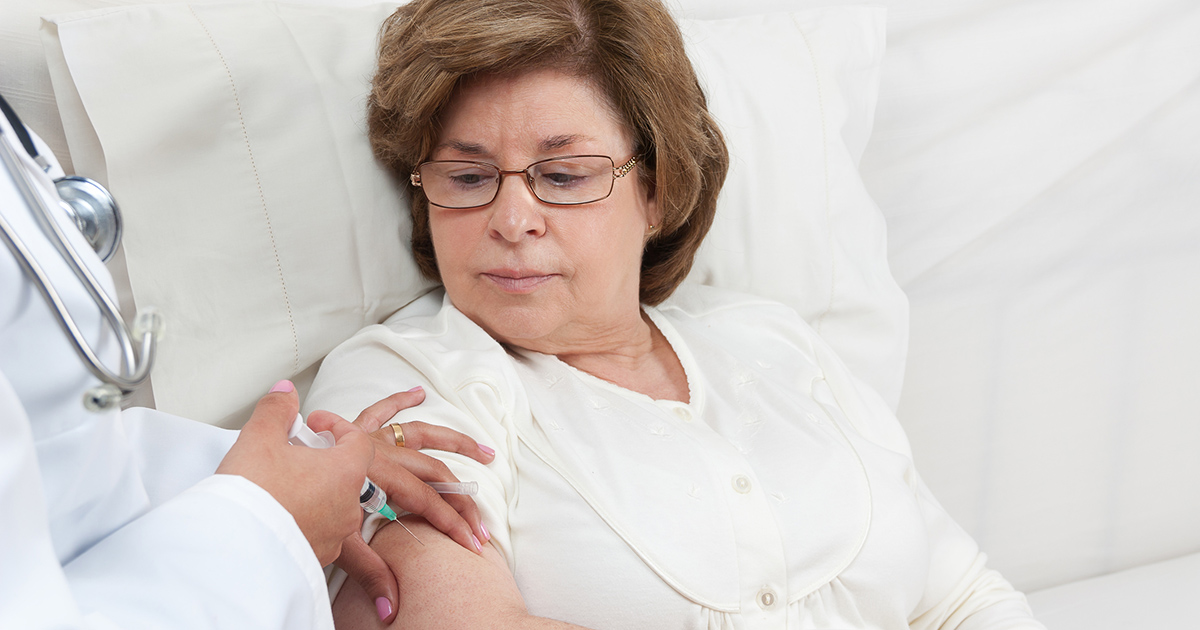How Immunotherapy Is Used To Treat Cancer
Cancer causes unrestrained cellular proliferation and growth, and in some cases, cancer cells can hide from or compromise the body’s immune system, which is designed to fight off infections and illnesses. This is one of many reasons why cancer is such a devastating and dangerous disease.
One of the rising treatment methods for cancer, however, is immunotherapy, a type of biological therapy. It is used to restore the immune system or greatly boost its normal functionality. Immunotherapy can introduce new elements to the body’s immune system or stimulate what is already there to help the immune system better destroy cancer cells. It can slow and stop the growth and spread of cancer, as well as effectively deliver radiation or chemotherapy to the cancer cells directly.
Methods Of Immunotherapy

Patients can receive immunotherapy in approximately four different ways. The two most common methods are oral, in which the patient swallows a pill, and intravenously, where the doctor administers immunotherapy through a needle inserted into one of the patient’s veins. There are also topical immunotherapies, which is where the patient rubs cream into their skin. Topical treatment is usually for early stages of skin cancer. Finally, there is intravesical immunotherapy, where the treatment goes directly into the bladder (specifically used to treat bladder cancer).
Cycles Of Immunotherapy

The length of time a patient receives immunotherapy for cancer treatment, as well as how often they receive this treatment, all depends on their individual case. Factors doctors consider include the type of cancer being treated, how advanced the cancer is, the type of immunotherapy being given, as well as how the patient’s body reacts to the treatment. Patients can receive treatment as often as once a day.
Many immunotherapies are administered in what doctors call cycles, which means there is the treatment followed by a rest period. The purpose of the rest period is to allow the patient’s body to recover from and respond to the treatment, and build healthy cells. The rest period is also a good time for the doctor to assess the effectiveness of the treatment and adjust as necessary.
